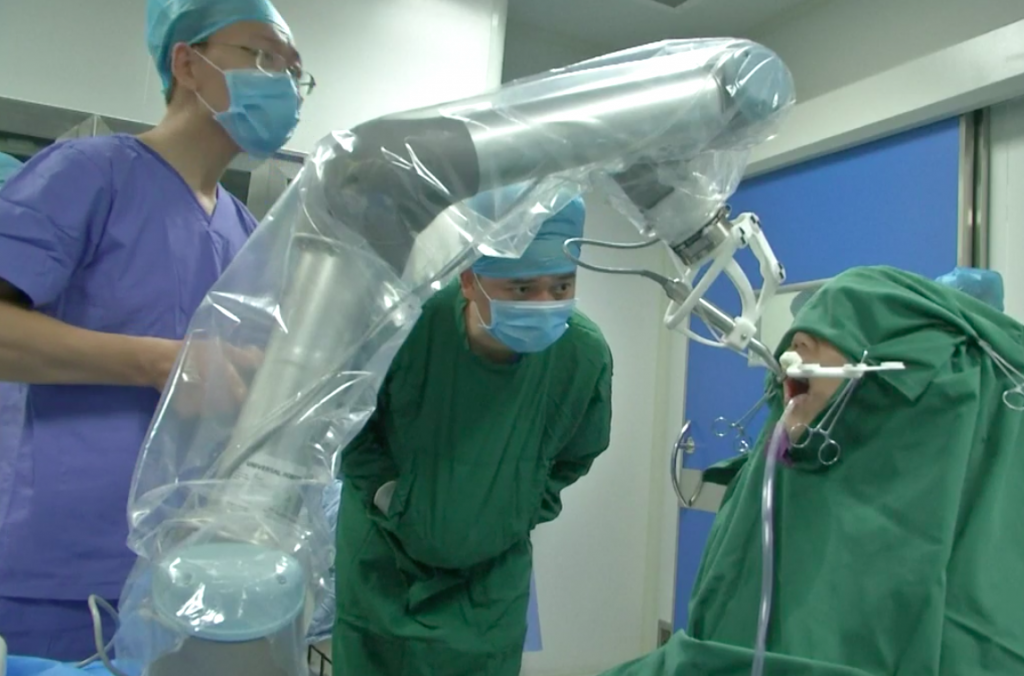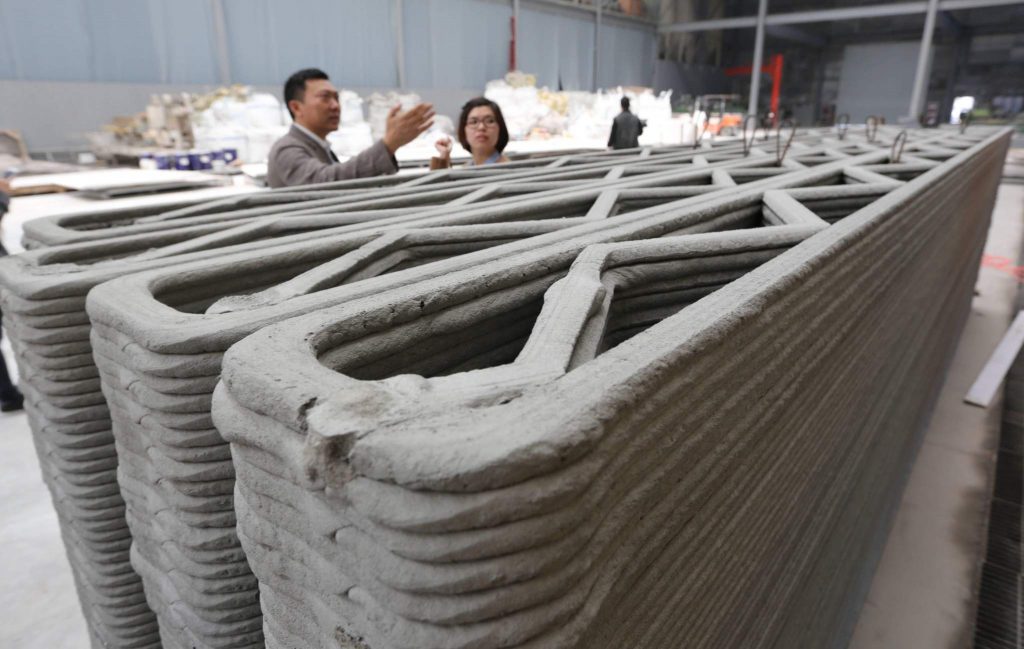China’s Ministry of Industry and Information Technology (MIIT) has drawn up a set of guidelines for its Additive Manufacturing Industry Development Action Plan (2017-2020), which calls for an additive manufacturing industry exceeding 20 billion Renminbi (US$3 billion) by 2020.
This Action Plan, which forms part of “Made in China 2025” strategic roadmap for the country’s manufacturing sector, outlines four general long-term ambitions, five specific development goals, five tasks to achieve those goals, and six safeguarding measures to help deliver them reliably.
The importance of an Action Plan and a roadmap
In justifying the need for an additive manufacturing Action Plan, the report claims that key Chinese technologies are lagging, innovation capability is limited, specialist materials have not seen domestic development, and high-end equipment is unreliable in places, compared to the more economically developed countries.
China’s new Action Plan, like additive manufacturing roadmaps produced by “America Makes” in the USA and CSIRO in Australia, takes into account the new advances, opportunities, and needs confronting the additive manufacturing industry as a result of globalization.
According to the report, driving the Action Plan is the need to “comprehensively implement the spirit” of China’s 19th National Party Congress, where the ruling Communist Party’s General Secretary Xi Jinping outlined his ideological, industrial, environmental and economic ambitions for the country.
Derived from these are the Action Plan’s four general long-term ambitions, namely promoting the end-use application of the 3D printing industry, promoting military and civilian integration, focussing on the ecological system, and focussing on collaboration between the 12 departments who launched the Action Plan.

The Action Plan and its objectives
Headlining the Action Plan’s five development goals are an average annual growth rate of 30% or above for the additive manufacturing industry to achieve a 20 billion Renminbi revenue from sales by 2020.
The Action Plan outlines a concurrent goal for technological breakthroughs in over 100 kinds of processing equipment, core devices, and specialist materials, with industrial uses in mind. It also outlines a goal to carry out over 100 pilot projects across 10 key industries alongside the medical, cultural, educational and internet sectors.
Finally, the Action Plan aims to formalize an industrial ecosystem and the chain of measurement, standards, testing and certification for 3D printing. It also hopes to help two to three enterprises and two to three brands become competitive within the international market.
Realizing the objectives of the Action Plan
To achieve the goals outlined in the action plan, the report details several short-term tasks. The first task is to improve innovation capability by improving operation mechanisms, promoting research, and to roll out an updated formal Additive Manufacturing Technology Research program.
The second task is to improve the overall service quality of the industry, while the third task is to promote the large-scale application of additive manufacturing across the 10 industries and four sectors.
The fourth task is to invest in the people involved in 3D printing, by nurturing leading enterprises, integrating domestic and international resources and getting individuals to work closer together. The final task is to improve the support, metrology, standardization, certification and qualifications for the Chinese additive manufacturing industry.

Safeguarding the Action Plan objectives
Six suggestions have been made in the report to successfully implement the Action plan on a government level. The first is a recommendation to strengthen coordination and form a work pattern across departments to improve workflow, under clarified regional industrial guidelines.
The second suggestion asks for increased state support for R&D and industrialization, while the third suggestion calls for broader market-orientated financial options for 3D printing businesses. The most international of the safeguarding suggestions calls for greater international co-operation by encouraging foreign enterprises to set up R&D centers in China (as Clariant has already done).
The most specific suggestion champions industrial safety with the establishment of a real-name registration system for machine purchases, a practitioners’ certification, and legal safeguards against illegal production of equipment with 3D printing (a policy already pursued by the city of Chongqing).
A final suggestion delicately balances industrial autonomy with state regulation. It claims that a more self-regulated industry, improved industry quality, and thorough safety measures will strengthen Chinese additive manufacturing as a whole.
Nominations for the second annual Industry Awards are now open. Make your selections now.
For more coverage of nations industrial roadmaps in additive manufacturing, subscribe to our free Industry newsletter, follow us on Twitter, and like us on Facebook.
Featured image shows Chinese President Xi Jinping (center) ahead of his 19th National Party Congress address, flanked by predecessors Hu Jintao (L) and Jiang Zemin (R). Photo by Thomas Peter/Reuters.

Leave A Comment